The archaeological excavations in Lajh, 2004 and 2005
Gorenjska Museum, Kranj, guest appearance in Zagreb City Museum
Exhibition concept: Verena Perko and associates
Coordinator: Želimir Škoberne, ZCM
Exhibition design: Željko Kovačić
Poster design: Željko Kovačić
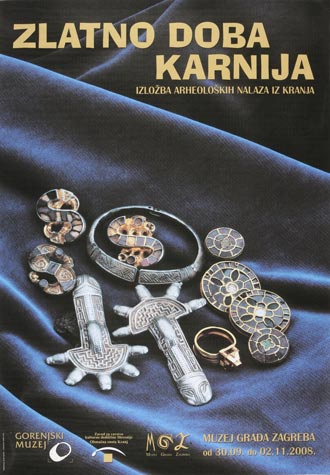 Archaeological survey in the historical nucleus of Kranj, led by the Institut for Cultural Heritage Preservation, brought to new discoveries.
Archaeological survey in the historical nucleus of Kranj, led by the Institut for Cultural Heritage Preservation, brought to new discoveries.
In 2004 in the Kranj cemetery at Lajh 13 graves were discovered, two among them extremely rich. The most precious find represents the woman's grave with a golden ring, gilded silver bracelet, two round golden brooches with garnets, two silver and gilded brooches, a necklace of amber beads and an iron knife – all typical wear of Alamanian women in 6th century AD.
In 2005 three more graves were unearthed. The most significant is a rich woman's grave with a necklace and S-form gilded silver brooches with garnets. Such brooches were worn mostly by Lombard women.
The finds prove the extending area of cemetery and its duration till 7th century. The finds essentially enriched the archaeological collection of the Regional Museum of Gorenjska, for all older finds from Lajh are being kept in Ljubljana and Vienna. Already at the end of 19th and the beginning of 20th century at Lajh cemetery about 700 graves were unearthed. Some of them were extremely rich, with golden and silver jewellery, others contained weapons or craftsmen's implements.
The finds became extremely popular in that time. They were recognised as Late Roman and Germanic; the latter was excessively emphasised due to political situation in the first half of 20th century. Since then Kranj has been worldwide known for the Lajh discoveries.
Who was buried at Lajh, and how?
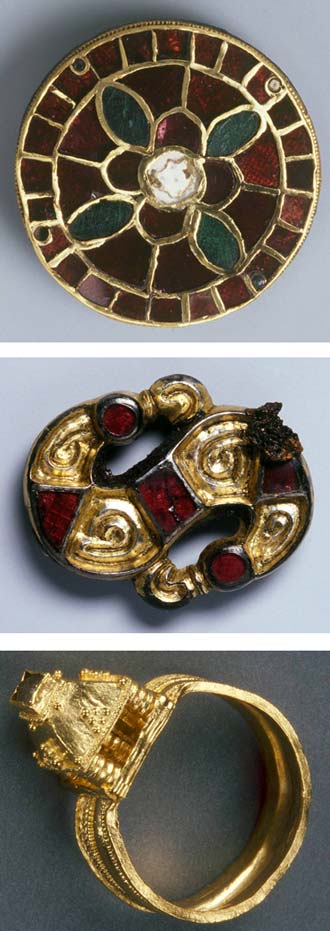 Most graves were poor and almost without any finds. Only in some of them goods appeared, mostly jewellery and military equipment.
Most graves were poor and almost without any finds. Only in some of them goods appeared, mostly jewellery and military equipment.
The deceased was buried in a solemn wear, wealthier women with jewellery and purse with accessories. The warriors were laid in graves with military equipment and craftsmen with their implements.
Corpses were wrapped in thick tissue and put into a grave pit in extended position with arms against the body and the head in the West, which was early Christian habit.
At Lajh the burials took place in the late 5th and 6th centuries AD, in the time of the fall of Roman Empire and migration period. Then many Barbaric tribes were recruited and Germanic units remained in Byzantine service. Later on the Visigoths and the Lombards founded their own state. Carnium became an important military stronghold and kept its outpost position to Italy till first decades of 7th century, when the Slavic population settled the territory.
Graves without any grave goods in the Lajh cemetery are recognised as burials of genuine, christianised Carnium population. Rich jewellery and especially military equipment in some graves testify the burials of a few Germanic individuals, mostly the Visigoths, Franks, Alamanni, and the Lombards.
The importance of new Lajh discoveries is not only in richness of grave goods, but also in the way of wearing. The combination of two brooches on the breast, two fibulae on the hips, glass beads on the belt extension, a silver bracelet and accessories in the purse on the belt – testify the Germanic origin of the deceased.
The form, the decoration, the colour and the preciousness of material used for jewellery, played great symbolic role. Beads and other objects on the belt lengthening represented magic protection against evil spirits. Others, like a stilus, expressed the education of the deceased, and also their high social status, which in the Late Roman Period belonged to the Germanic military elite.
Verena Perko
Pictures from the exhibition
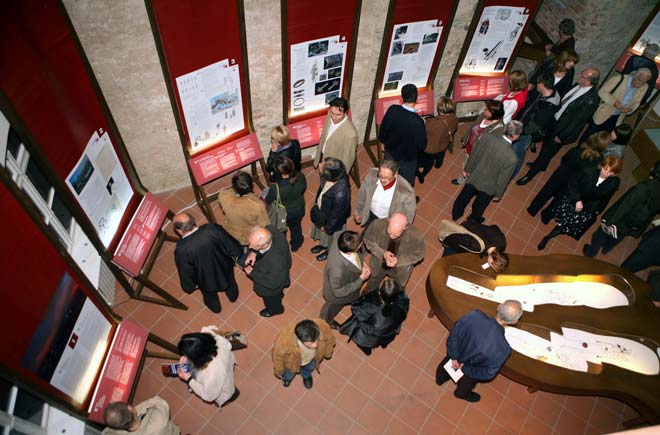
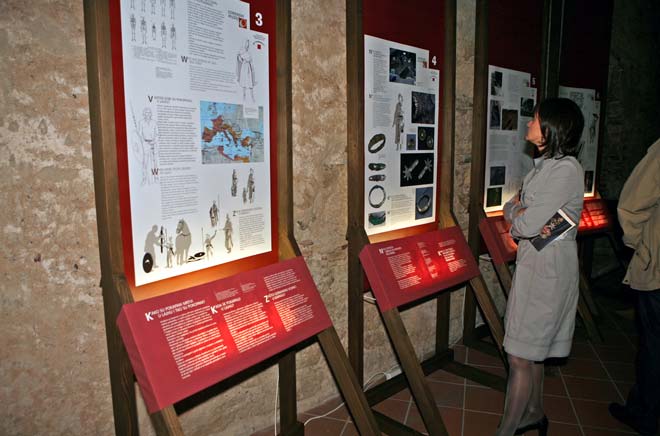
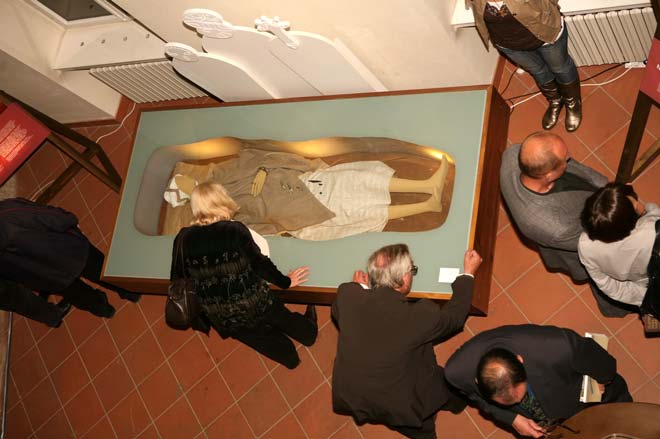
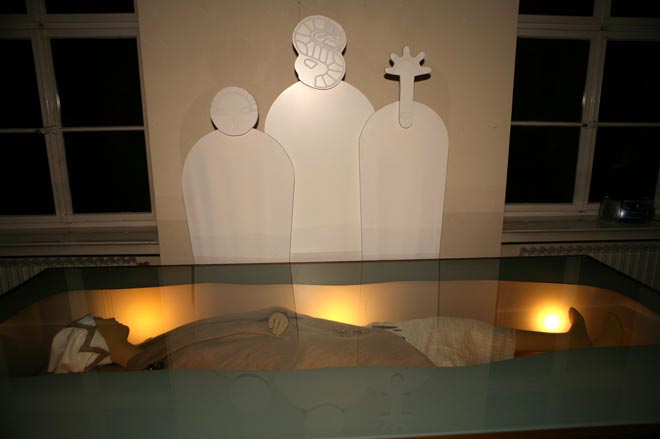
photo Miljenko Gregl, ZCM

